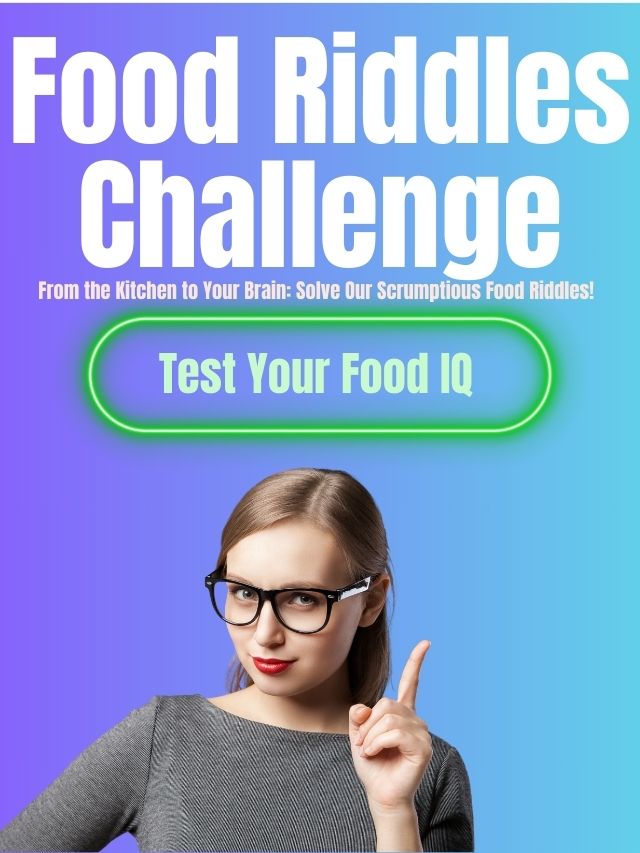The origins of chili are blurry at best, but it’s safe to say that the states have laid claim to the dish. Whatever the story is, chili is definitely not of Mexican origin, contrary to popular belief, though Spain likely meddled in the pot over the last couple of centuries. In the 19th century, Spanish priests would condemn the consumption of chilies for their heat level (and therefore association with the devil) and the “passion” they produced when eaten. No doubt this increased the allure of this dish, dubbed “The Soup of the Devil” by the church.
Despite its origin, the United States has definitely laid claim to the dish now. In the 1800′s, Texan prisons would feed the prisoners predominantly with chili, as opposed to the standard bread and water. Over time, the Texan prison system started producing such great chili that inmates, on returning to their freedom, would write to their prisons for the recipe, missing the comfort of the chili in confinement. Texas has been chili central ever since, in an ongoing battle with Illinois (where chili is often spelled chili.)
Typically chili is thought of as a meat dish, and often chili purists will scoff at the idea of adding beans to an “authentic” chili, but it seems to me that a bean-based chili is just as likely to have run alongside the cheap meat counterparts in origin. To me, chili is all about showcasing the flavor of chilies, and meat, bean or combination versions are fine by me. Strangely, many chilies available here in Canada really don’t contain much chili at all but are mostly flavored with sweet paprika and cumin.
“Chili powder” varies in ingredients and quality depending on the purveyor, but typically chili powder contains cumin, oregano or marjoram, paprika, black and chili pepper, and often garlic powder and salt. As soon as spices are ground they begin to lose their potency, and freshly ground spices will always taste better than dried varieties. For this reason alone, although chili powder can often be a good starting point, I prefer to start from scratch. It doesn’t take very long, most of the cooking time for chili doesn’t require any attention anyway, and the results are definitely worth it.
Although chili isn’t Mexican in origin, Mexico certainly offers a nice variety of chilies. I like to use a mixture of ancho (dried poblanos), Padilla, and chipotle, with a bit more punch from cayenne and habanero. This blend of chilies will showcase the many nuances of chili flavors. Look for them in any Latin American market, or even in some supermarkets. Yes, that’s a lot of chilies to buy all at once, but each is individually more versatile than just being used for this recipe. I used black beans because I adore them with chilies and because they’re nutritious.
Black Bean Chili
Ingredients:
- 1 tablespoon cumin seed
- 2 whole dried pasilla chilies
- 2 whole dried ancho chilies
- 2 whole dried arbol or bird chilies
- 1 whole dried chipotle
- 1 whole dried habanero
- 2 tablespoons vegetable oil
- 1 large onion, finely chopped
- 4 cloves garlic, crushed
- 1 tablespoon sugar
- 1 teaspoon dried oregano
- 1 tablespoon paprika
- 4 ounces tomato paste
- 1 cup dried black beans
- 4 cups of water
- 1/3 cup white long-grain rice
- 1/2 cup fresh or frozen corn
- Juice of 1 lime
- salt and pepper
Directions:
Heat a dutch oven or heavy bottom pot over medium heat. When hot, add the cumin seed to the dry pot and shake to prevent scorching. When they are fragrant and begin to pop, about 10-15 seconds, transfer them to a spice grinder or mortar and pestle. Grind to a fine powder.
Add all the chilies to the dry pot and toast them, turning occasionally with tongs, until lightly blackened and aromatic. Remove from the pot and set aside.
Heat the vegetable oil and add the onion. Sweat until translucent, then add the garlic, sugar, oregano, paprika, ground cumin, and chilies. Stir to coat with oil and cook for one minute or until very fragrant. Add a generous pinch of salt and season liberally with freshly ground black pepper.
Add the black beans and water and raise heat to bring to a boil. Reduce heat to a simmer, cover, and cook until the beans are tender, an hour or two depending on the beans.
Depending on the dimensions of the pot, more or less evaporation may have occurred. If the chili is very thick, add more water. Add the rice to the pot and cook uncovered until the rice is tender. Continue cooking to reach the desired consistency, if the chili is too thin.
At this point, I like to remove the chilies. They’ll have flavored the chili and gave it heat already. Optionally, you could grind them with the cumin after toasting, but that’s a lot more work since it’s probably prudent to seed them or get heat overload.
Stir in the corn and heat through. Add the lime juice, season to taste with salt and pepper, and serve.







